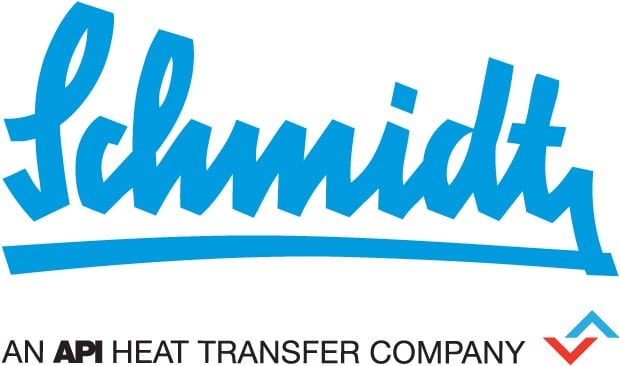Improve gas-gas exchanger footprint and economics with a PSHE.
Plate-type heat exchangers are known for high heat transfer coefficients. As a result, they are compact and lightweight compared to conventional shell-and-tube (S&T) exchangers. Another advantage of plate-type exchangers is a lower fouling tendency due to higher wall shear stress; however, the construction of widely used exchangers, such as gasketed and bloc-type exchangers, limits their application to low and medium design pressures (typically less than 50 barg). The plate-and-shell heat exchanger (PSHE) combines the advantages of plate-type exchangers with the robustness of the S&T exchanger into one exchanger. Design pressure can rise to 400 barg for the PSHE.
This article focuses on a specific application in upstream facilities where weight reduction and smooth operation in turndown is always a concern. The design comparison, advantages and limitations between S&T exchangers and PSHEs are presented and discussed using an actual example.
Click here to read full article.
